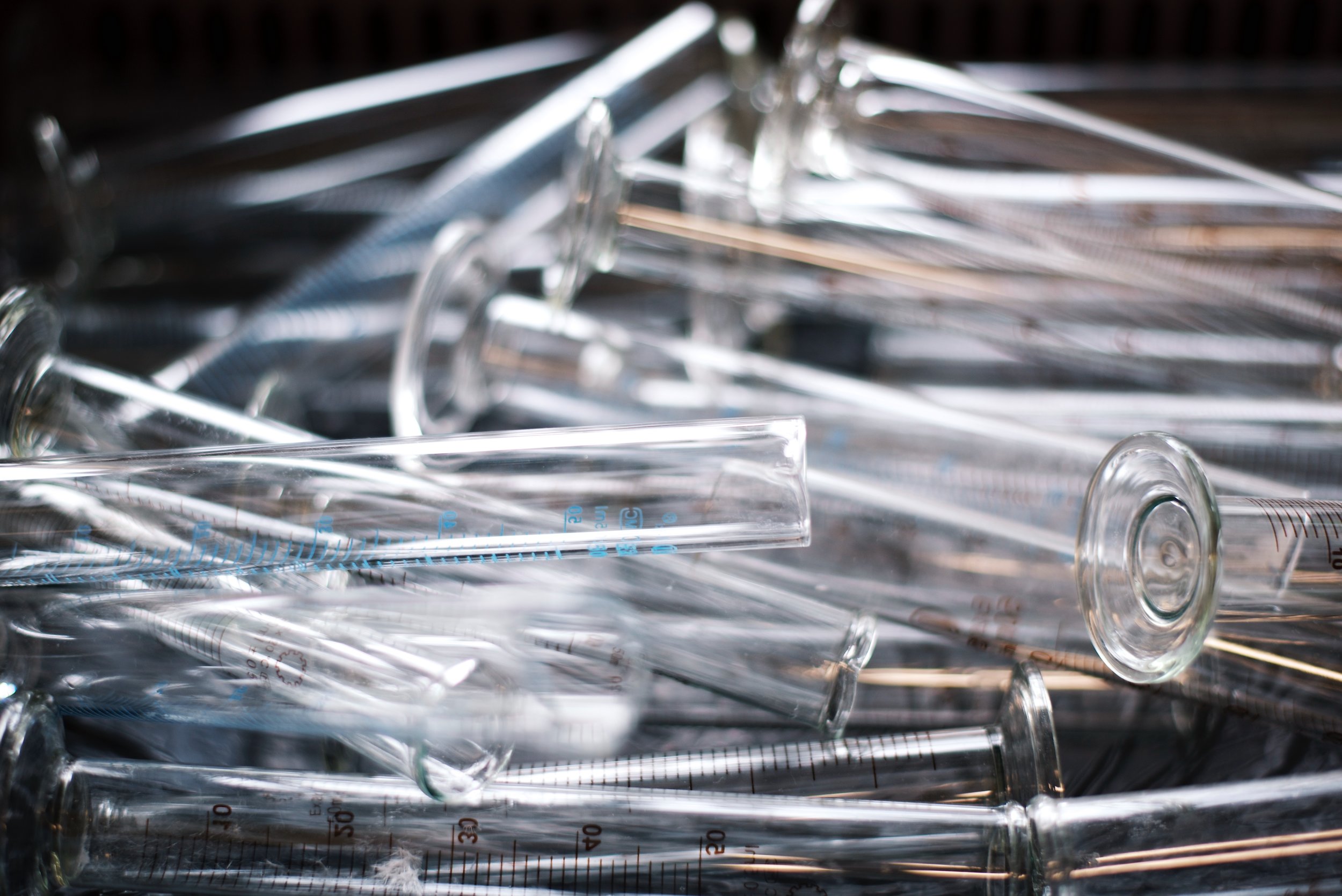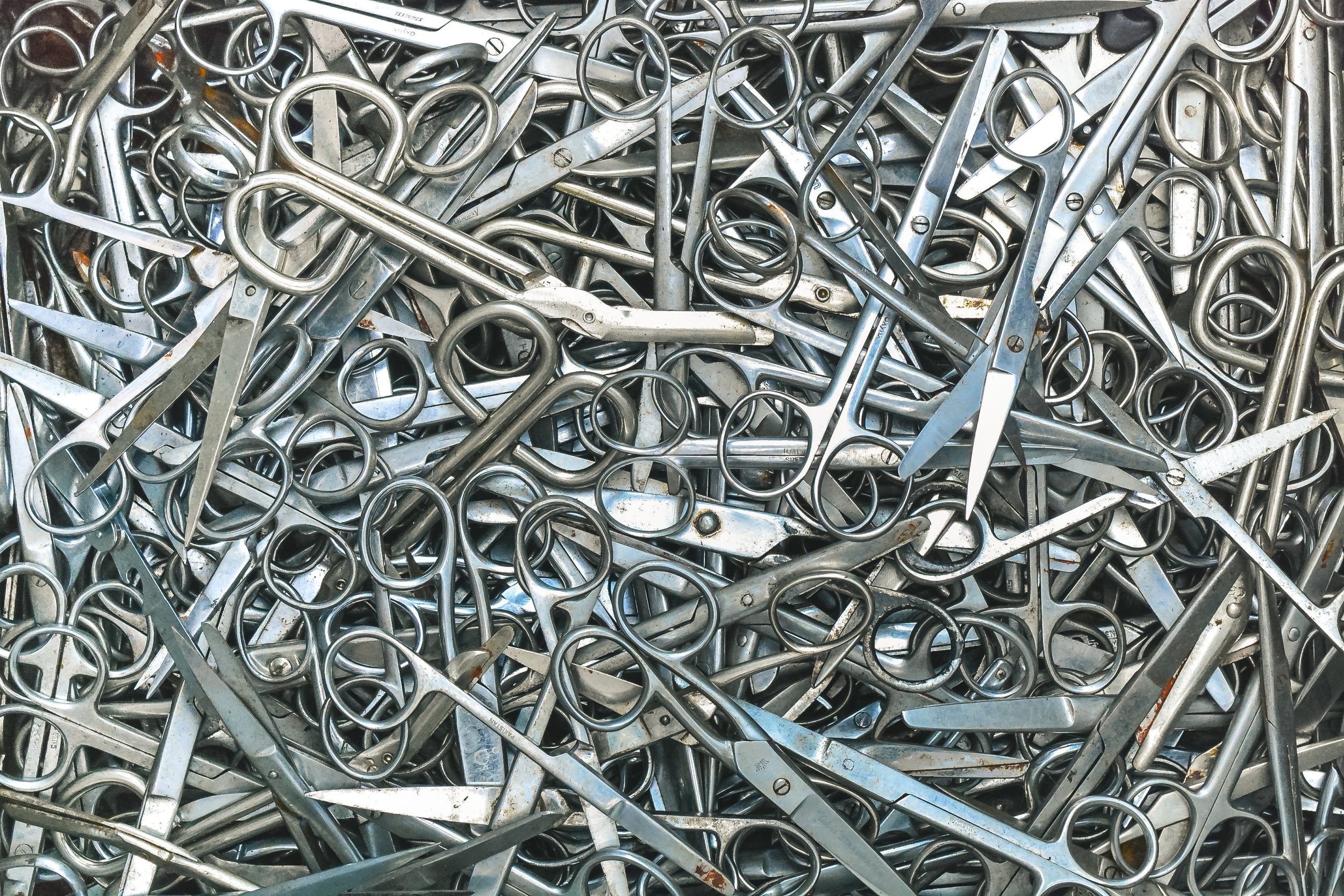History of Silver Substances
Silver has been used as an effective antimicrobial since ancient times.Here are just a few excerpts from silver’s history:
Antiquity through to the 1800s
Certain ancient cultures placed their drinking water in silver jars. Without understanding why, they understood that after a period of contact with these containers, the water was safe to drink. Herodotus (484-425 B.C.), the Father of History, accounts that no Persian king, including Cirrus, would drink water that was not transported in silver containers, which kept the water fresh for years.
The Macedonians, Greeks and Romans used silver to heal their wounded in battle. Indeed, Hippocrates (460-370 B.C.), the "Father of Medicine," used silver preparations for the treatment of ulcers and to promote wound healing.
Silver eating utensils were highly prized in antiquity, even the Chinese emperors and their courts ate with silver chopsticks.
In the 1800s, silver nitrate was used to treat skin ulcers, compound fractures and suppurating wounds. To preserve water, milk and other liquids as they travelled long distances, early American pioneers dropped silver coins into jugs and wooden casks.
1900s through to today
Throughout the 20th century, surgeons routinely used silver sutures to reduce the risk of inflammation and infection following operations.
Silver was used to treat soldiers in both World Wars to limit and treat battle wound infections.
In the 1960s, silver compounds began to be used in burn wards. In the mid-1960’s NASA developed a copper/silver ion generator for water purification. This technology was used on the Apollo space missions.
Silver-impregnated water filters became popular in the 1970s.
Silver ion-based additives for ensuring the cleanliness and safety of plastics became widespread in the 1980s.
Silver-impregnated medical devices were introduced in the 1990s. Silver ionisation together with copper ionisation was successfully applied to control pathogens in water systems.
Today silver substances are used widely in numerous applications for their antimicrobial properties including:
Healthcare
Material Preservation
Food Safety
Textiles
Water Treatment




